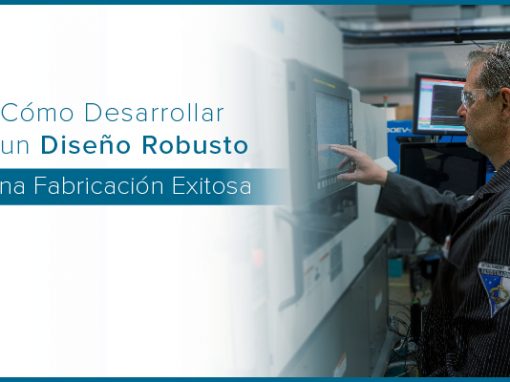Tip of the Day 152: Hunting the Elusive Melt Temperature
A Shy Beast
Periodically we get requests for RJG to provide a melt temperature sensor. We have installed different sorts and tried to prove that they read out the true melt temperature. No luck there. They tend to read a mixture of melt and steel temperature where they are installed. And then how do you tell if it reads the “real” melt temperature? Against what can you compare it?
If you bag one will it be worth the effort?
Of course we teach courses on the 4 plastics variables, melt temperature being one of them. But who really cares what the temperature actually is? If I were molding exotic materials very sensitive to absolute temperature it might matter. Usually though, you set up the process with barrel temperatures near the middle of the range, take a 30-30 and try to repeat it in the future.
What you really want to know is “Is the melt the same every shot?” The 30-30 is hardly the weapon of choice for that.
Use a cavity temperature sensor?
“But”, you say, “the cavity wall is supposed to stay relatively cool, is it not?” The whole point is to cool the melt by pulling heat out quickly. So how can you see the melt temperature with a sensor stuck in the wall? (see tip # 151).
The answer is: you can’t. But you can see his tracks. By doing some calculations on the temperature curve we can figure out how much heat was taken from the part. That and some other lore can tell us whether the melt temperature has changed and by how much. A hotter melt drives heat more rapidly through the mold and this creates a different temperature profile in the steel.
Now, our quarry is still evasive because we don’t know exactly how much heat was there in the first place (Cp), how fast the heat is leaking out (lambda, alpha etc), or how much remains in the bucket at the end. But, for a given material and process setup these things remain reasonably constant.
The Capture
So, while we can’t actually capture true melt temperature we can select a constant that will at least catch him on film, as it were. We simply pick a value that scales or “calibrates” the “Effective” melt temperature close to something real, usually barrel temperature or 30-30 melt test. The eDART™ uses this factor to calculate “Effective” melt temperature as a summary value. You can set warnings around it to take preemptive action or alarms to contain parts that you know will be poor quality with the wrong melt temperature. If the mold runs on a different machine and the machine’s barrel temperature control or screw behave differently you will see the difference in melt temperature.
How to Use Effective Melt Temperature
The printable instructions here should be a good reference for how to use the Effective Melt Temperature computation in the eDART.

